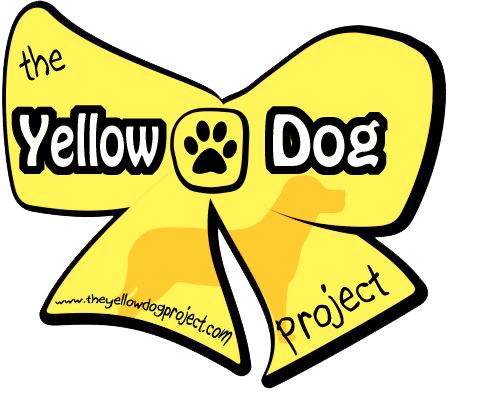Trainers Academy, LLC supports
The Yellow Dog Project

Click on the ribbon above to learn more |
This video, by Drayton Michaels (Academy for Dog Trainers graduate), is excellent. Gain the understanding of your dogs on-leash reactivity you need, and learn how to maximize success on walks for both of you, starting today! https://www.youtube.com/watch?v=OMLrYaoxNOs
Help! My dog barks & lunges on leash
Read the 2-part blog post by Dr. Jen Summerifeld for excellent information about on-leash reactivity, and a training plan!:
Barking at dogs behind fences on walks: http://www.youtube.com/watch?v=3n_fPKPLA2g&feature=related
Video of David the Dog Trainer teaching a dog to stay calm when cars pass, instead of lunging: http://www.youtube.com/watch?v=Y55fiFfMZ28&feature=player_detailpage
Thresholds! Keeping your dog below their limit when working through it! An important concept for you to understand when working with your leash-reactive dog is the concept of thresholds. Thresholds dictate where your dogs limits are, and how much he can effectively handle when exposed to something that triggers a reactive response. Putting your dog into situations that expose him to a "trigger" to an intensity that forces him beyond his threshold/limit (usually means you've gotten too close to the trigger!) will only serve to cause greater stress for your dog and for you! So for starters, be sure to only expose your dog to whatever it is that's causing the reaction, from a distance away that is well below your dogs reactivity threshold. Click the following links to learn more about thresholds and how to control your dogs environment more effectively:
Here is another link to a technique called Behavior Adjustment Training (BAT). BAT helps dogs learn to use calm behavior, rather than reactivity (lunging, barking, etc.) to satisfy the reason they use the reactive and or aggressive behavior in the first place, which in most cases, is to increase distance away from something they're worried about. This technique combines reinforcement and desensitization to help the dog learn to make better choices in behavior. Click https://www.youtube.com/watch?v=E1lVAFHlhGA for a video and more information.
|

